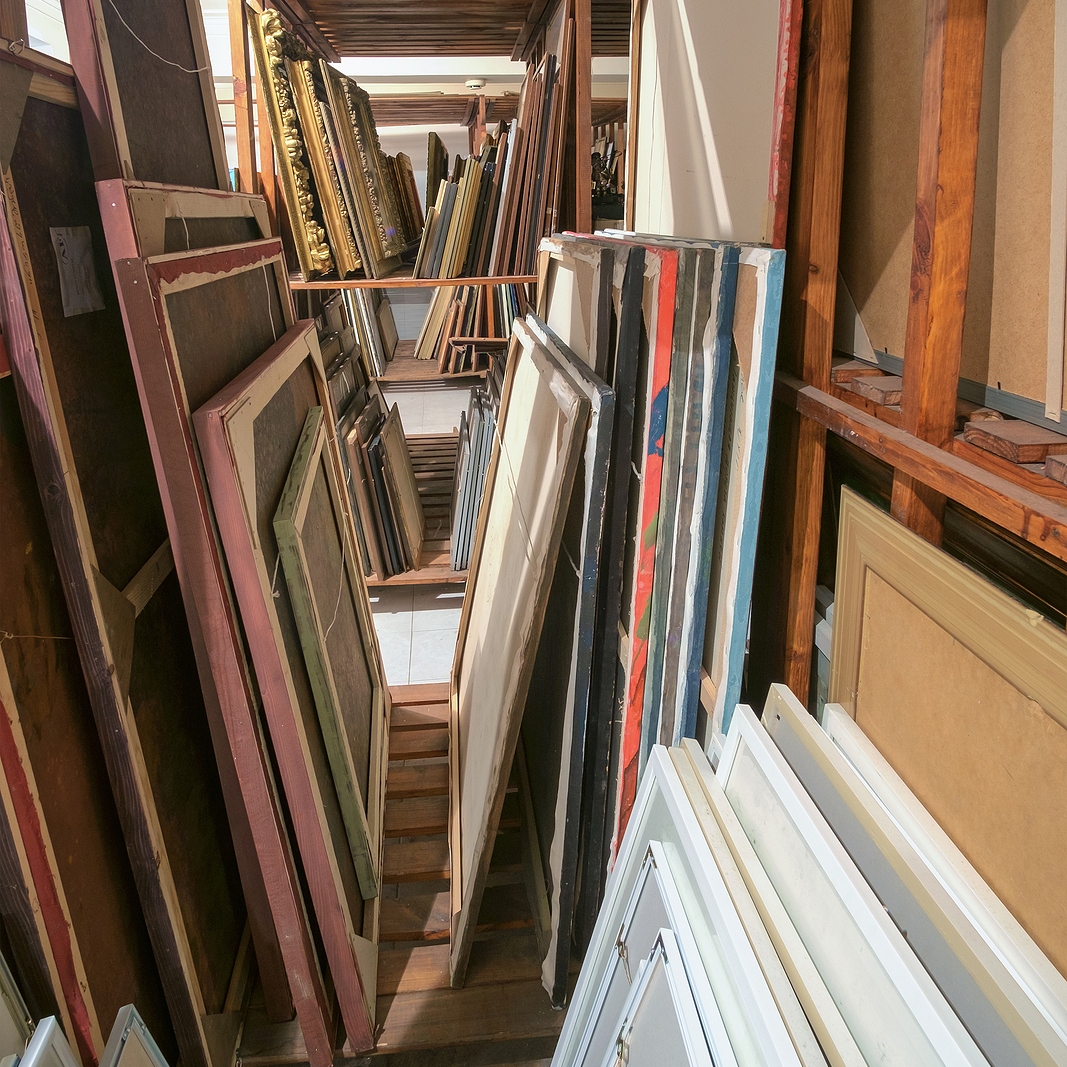Fine art storage can be tricky, especially for beginner-level collectors. To properly store art, simply using a vacant room in your house is not enough. You have to ensure that the space you are planning on using for art storage is sufficiently equipped. Fine art is delicate and can get damaged even when just standing still on a shelf. Outside influences can destroy your collection and have a negative effect on its condition and value. Thus, it is important to keep in mind all of the risks.
Fine Art Storage Hazards Every Collector Should Know About
Humidity
Organic materials are extremely vulnerable to humidity because they tend to absorb moisture. Excessively humid or dry environments might cause great damage to your items. To prevent this from happening, keep a stable temperature in the fine art storage space at all times. Gentle evaporative humidifiers can also help with dryness.
Temperature
An art storage space should not be too warm, as it might create a favorable environment for the growth of fungus. Windows should always be closed in the storage room in order to prevent abrupt temperature changes. If you are storing art at home, get a thermometer so you can regularly check the temperature in the storage space.
Mold
Mold is something that thrives in moist and warm spaces. It also happens to be one of the most dangerous hazards for artworks. Keep temperature and humidity in the storage space strictly regulated, and often check your pieces and the room for mold. Mold prevention might be tricky at home: poor air circulation will cause mold spores to grow quicker, and it is not easy to create a good microclimate in your storage space. Light exposure should also be moderate, but how does one measure the exact amount of light without professional help? This is why many collectors opt for storage facilities that provide spaces specifically built to accommodate fine art.
Water
Water is unlikely to get into your storage space, but it is still a possibility. Something as simple as a pipe leakage has the power to ruin your valuables forever. Double- and triple-check the room you are planning on using for fine art storage to minimize the risks.
Now that you know about these art storage hazards, you are prepared to face the challenges that might come your way. But remember, it is always better to ask for expert assistance whenever you have any concerns or worries.
